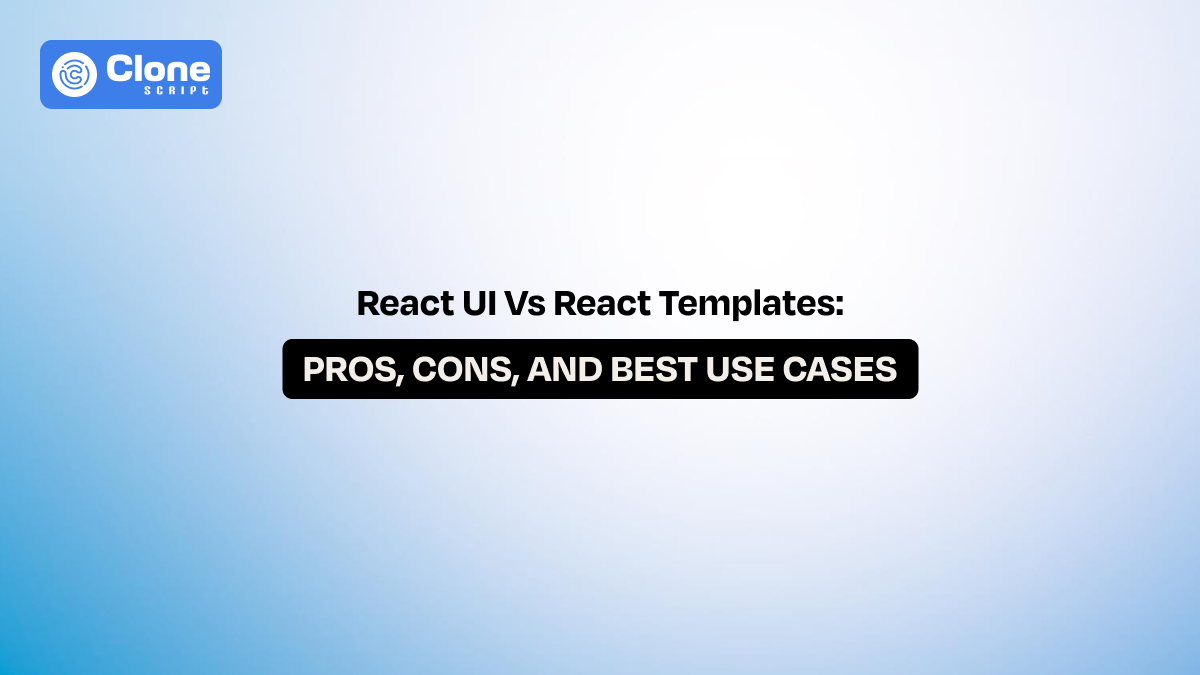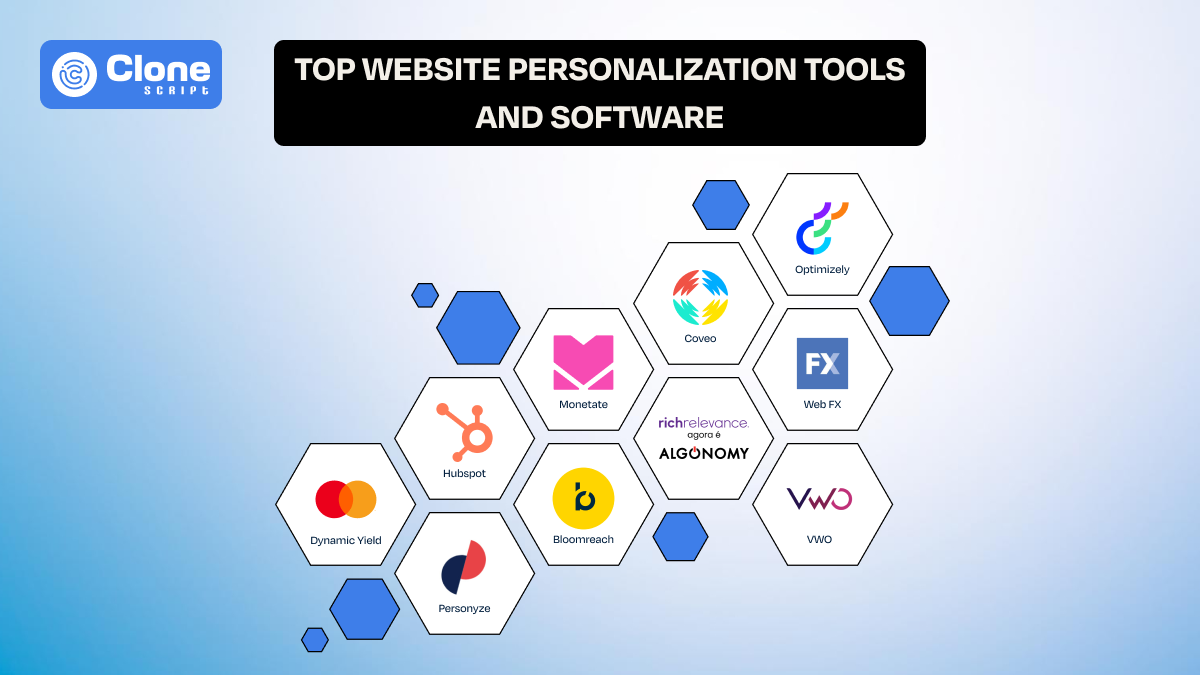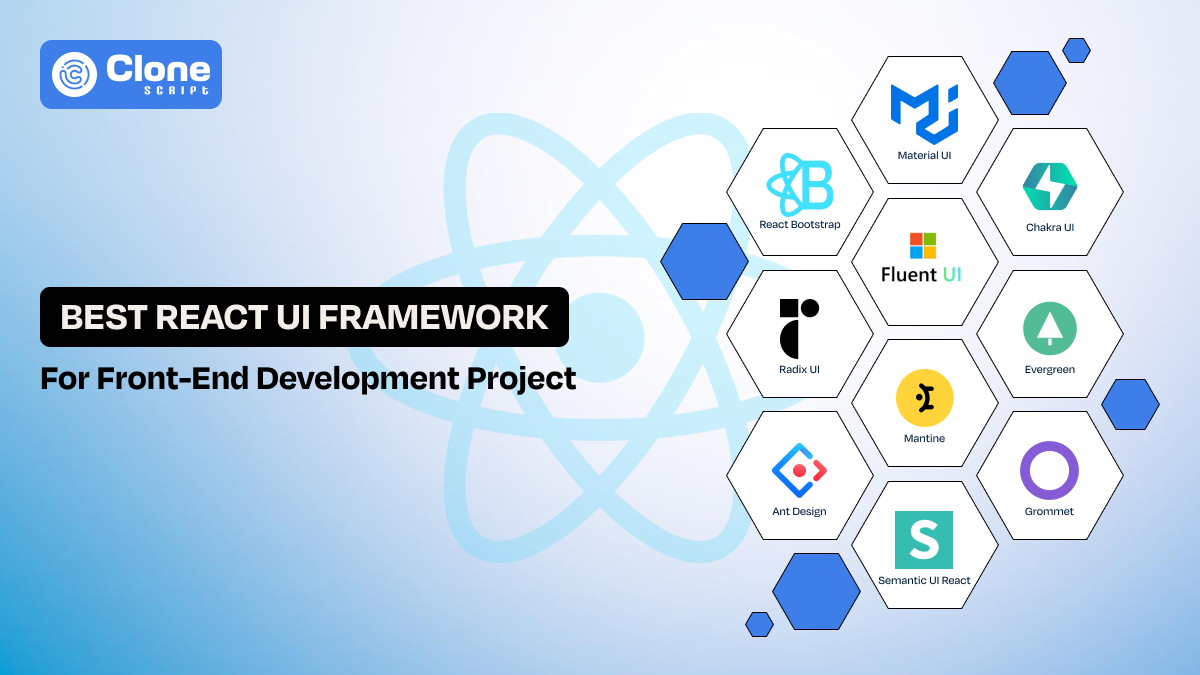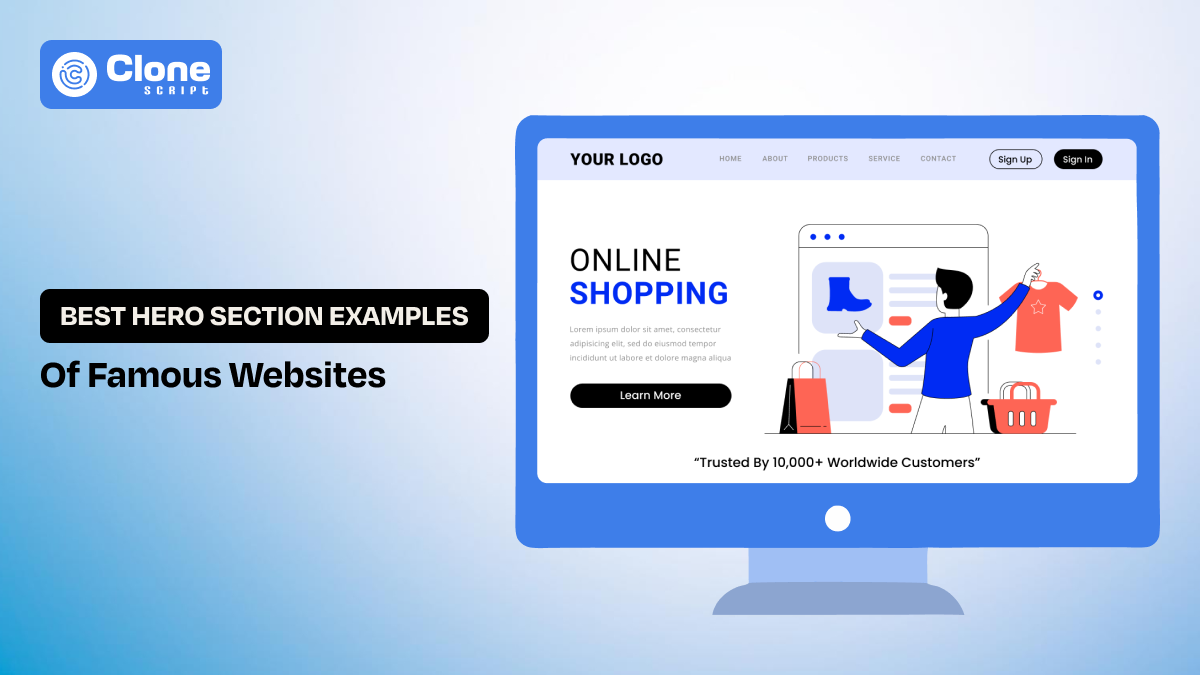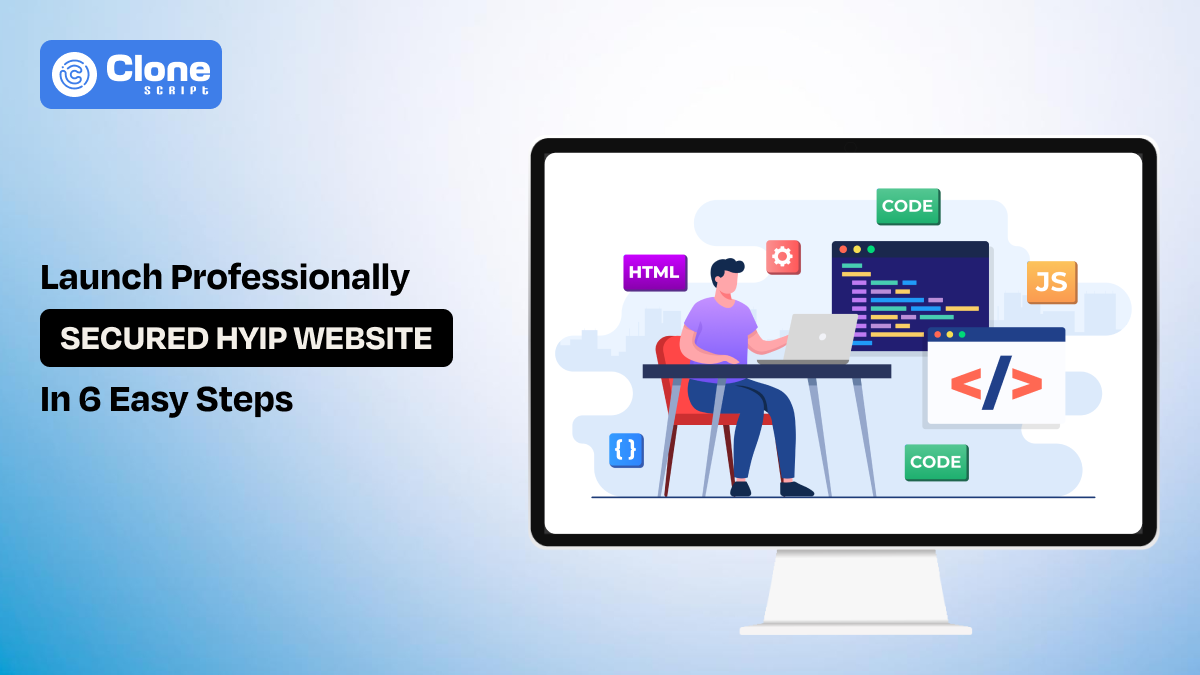React UI vs React Templates: Pros, Cons, and Best Use Cases Explained
Every React developer has faced this question:
Should I start with a React UI library or just use a ready-made React template?
On the surface, both seem to save time and reduce repetitive coding. But once you dive deeper, you realize they solve very different problems. One gives you the building blocks for your project; the other hands you a finished structure you can adapt. Choosing the wrong one can mean wasted time, unnecessary redesigns, or limitations down the road.
In this guide, we’ll understand the difference between React UI and React templates, go through their pros and cons, and discuss the best use cases. Whether you’re a startup founder rushing to ship an MVP or a developer building a scalable SaaS product, this comparison will help you make the right choice.
What Are React UI Libraries?
React UI libraries are collections of reusable components. It includes buttons, modals, form fields, grids, tabs, navigation bars, and more. Instead of coding these elements manually, you can import them from a library. This saves time and maintains consistency across your application development cycle.
This library brings the design system by default. For development teams, this means fewer debates about styling, better code readability, and predictable user experiences.
How do They Work?
-
Install the library as an npm package.
-
Import pre-built components into your project.
-
Customize their look and behavior through props, themes, or CSS-in-JS solutions.
-
Optionally, extend components with your own wrappers for project-specific functionality.
This makes these components especially useful for agile teams, where developers need to deliver features quickly without reinventing UI basics.
Popular React UI Libraries in 2025
Here are some of the most useful React UI libraries adopted in web development projects.
-
Material UI (MUI) – A feature-rich implementation of Google’s Material Design system, widely used in enterprise apps for its extensive components and theme customization.
-
Chakra UI – Modular, accessible, and developer-friendly, with excellent dark mode and theming support that adapts easily to brand guidelines.
-
Ant Design – Enterprise-focused, perfect for dashboards and data-heavy applications, with robust form handling and chart integration.
-
ShadCN + Tailwind – A rising stack that combines headless UI flexibility with Tailwind’s utility-first styling, giving maximum design freedom.
-
BlueprintJS – Still relevant in 2025 for complex, data-dense interfaces like analytics tools, where performance and usability are important.
These libraries remain popular because they evolve alongside React’s ecosystem. They maintain compatibility with frameworks like Next.js and adapt to modern rendering approaches such as React Server Components, for future-proofing applications.
Why Developers Use UI Libraries?
Here are the key reasons React developers are depending on UI libraries:
-
Speed without losing flexibility: You can design faster while still shaping the final product to fit the brand identity. Libraries give you a foundation but don’t lock you into rigid styles.
-
Consistency: Every button, input, or dropdown behaves the same way, avoiding UI drift and ensuring users do not encounter surprises.
-
Scalability: Perfect for projects that must expand or pivot, since adding new features doesn’t require a full UI redesign.
-
Accessibility baked in: Components follow ARIA standards, handle keyboard navigation, and meet WCAG guidelines. This saves weeks of accessibility work.
-
Community support: Large open-source communities provide plugins, detailed documentation, and quick bug fixes to reduce long-term app maintenance overhead.
In short, a React UI library gives you the tools to build, but doesn’t dictate the final product. It’s like having a box of Lego bricks. You still decide what the finished model looks like.
After understanding what a React UI library is and why developers use them, let’s move forward with the next section: React website templates.
What are React Templates?
React website templates are pre-built website or app structures. Unlike UI libraries that only provide components, templates come with entire page layouts, navigation, and sometimes even backend-ready integrations.
They don’t just speed up development. They give you a working foundation that looks and feels like an almost finished product.
For a solo developer or startup, this means skipping weeks of website UI and UX design and layout work. Instead of worrying about grids, routing, or authentication flows, you start with a template that has those basics in place. It allows you to focus on the business logic.
What do They Include?
By purchasing a React template for a meme coin project website or any business segment, they usually come with the following:
-
Multi-page layouts such as home, about, blog, contact, or dashboards. These aren’t just wireframes. They’re styled and responsive, so they look good across devices.
-
Pre-styled UI components, powered by popular libraries like Material UI, Bootstrap, or Tailwind. This means buttons, cards, and forms are already aligned with the site’s theme.
-
Navigation and routing, so links and menus already work without you wiring everything from scratch. Most templates are compatible with React Router or Next.js routing.
-
Optional integrations like authentication flows, state management setups (Redux, Zustand), or API connection examples, helping you move directly into development.
By bundling all these pieces together, React templates don’t just save time. They reduce decision frustration, since much of the architecture is already designed for you.
Popular Types of React Templates
Take a look at the React website template types chosen for development:
-
Admin dashboards – Prebuilt layouts for analytics, reporting, and management tools. They usually include tables, charts, and role-based navigation for SaaS products.
-
Landing pages – This kind of template is perfect for SaaS startups, product launches, or portfolios. They come with hero sections, feature grids, pricing tables, and testimonials already styled.
-
E-commerce sites – For e-commerce website development, templates are already optimized for ready-to-go product pages, carts, and checkout flows. Many also integrate with APIs or services like Stripe for payment handling.
-
Portfolio websites – To develop a professional website for a portfolio showcase, these templates have pre-styled pages to represent work, projects, or case studies, with responsive galleries and contact forms included.
Each template type solves a very specific use case. It is especially valuable for developers who want to launch quickly without reinventing layouts.
Why Developers Use Templates?
Using website templates to complete the React web development project, find out why developers are choosing this smart solution:
-
Launch speed: Instead of spending weeks coding layouts, you can have a working site in days. This is important for startups or hackathons where timing is everything.
-
Cost efficiency: Development teams don’t always need to hire designers or frontend specialists. A template provides the polished design and code, saving both money and project hours.
-
Learning resource: For beginners, templates act as hands-on guides to understand how real-world React apps are structured. You see patterns in routing, component composition, and state management.
-
Focus on backend or business logic: With UI design work solved, developers can invest more energy in the core features through backend development, including integrating APIs, handling payments, or scaling the data server.
In short, React templates give you a running start toward production. They’re especially useful when speed is more important than deep customization. Instead of building every screen by hand, you adapt a ready-made structure and spend your time where it matters most.
You now understand what a React UI library defines and why the React template has been used. Before making any decision between these two elements of web development, it’s better to understand the advantages and disadvantages.
Pros and Cons of Using React UI and Templates
Both approaches solve different problems: libraries give you the raw materials to craft tailored interfaces, while templates provide pre-assembled structures that speed up launch.
Below, we’ll break down the main advantages and drawbacks of each so you can make an informed decision based on flexibility, scalability, cost, and long-term maintainability.
1. React UI Libraries
Here's an explanation of why React UI is a good choice and what the potential pitfalls of using it in website development are.
Pros:
-
High flexibility and scalability: You can design unique interfaces while still benefiting from standardized building blocks. It can expand as projects grow.
-
Reusable, standardized components: Buttons, forms, and grids behave consistently. This cuts down on bugs and reduces developer frustration throughout the project.
-
Long-term maintainability: Codebases stay cleaner since the same components are reused across features, avoiding one-off UI hacks.
-
Active communities and regular updates: Popular libraries evolve with React itself, meaning easy compatibility with new versions, frameworks like Next.js, and rendering models like server components.
Cons:
-
Requires time to assemble a full app: Since libraries only give you parts, you need to spend effort stitching components together into layouts.
-
Steeper learning curve for advanced theming: Customizing deeply (e.g., building a unique design system) may require CSS-in-JS knowledge or theming expertise.
-
Designers may be necessary for a polished UI: Without design input, apps risk looking “cookie-cutter,” even when the components are technically solid.
2. React Templates
Know the benefits of using a React template along with the disadvantages:
Pros:
-
Rapid development for websites and apps: A full working site can be live in days instead of weeks, ideal for MVPs and startups.
-
Lower upfront cost (design + dev time): Pre-built layouts eliminate the need for a designer or front-end website development expert early on.
-
Great for non-designers: Even beginners can build something professional-looking with minimal coding. As everything related to best coding is already optimized, we only need to work on server-side development.
-
Easy starting point for beginners: Templates help new developers understand React project structure and best practices without starting from scratch.
Cons:
-
Generic design if not customized: Many premium templates look similar to branded websites, which can hurt branding and originality. Through website template customization is the only way to make it your own.
-
Limited scalability—may need rewriting as app grows: What works for an MVP may not handle complex user flows or performance-heavy apps later. You have to monitor if the application faces lags as it goes towards an enterprise product from a local product.
-
Can include unused code that slows performance: Pre-bundled features sometimes add unnecessary weight, requiring cleanup and optimization.
Ultimately, the choice comes down to trade-offs: React UI libraries give you unmatched flexibility and long-term control, while React templates offer speed and simplicity. Understanding these pros and cons helps you align the tool with your project’s vision.
But you think about how to use both things in React web development, to decide what works better or what’s not.
Best Use Cases of React UI Libraries and Templates
The difference between React UI libraries and React templates becomes most practical when applied to real project scenarios. Choosing the right approach depends on whether your priority is speed, scalability, or customization.
Use React UI Libraries When:
These aspects are present when React UI libraries have to be prioritized:
-
Building a SaaS platform that must stand out visually. A custom UI powered by libraries helps to identify that your product doesn’t look like every other template-based site.
-
Working on enterprise apps with complex workflows. Data-heavy dashboards and important tools need scalable, reusable components that libraries provide.
-
Collaborating with a design team. Libraries work perfectly when designers can hand off mockups. This helps developers turn them into consistent, theme-driven components.
-
Planning for long-term scalability. If your app is expected to grow, evolve, or integrate new features, libraries give you a maintainable foundation.
Use React Templates When:
If you find the following criteria, then it’s better to prefer templates:
-
You need an MVP fast. For example, a startup demo for investors or early testers can be live in days using a prebuilt template.
-
Launching simple sites. Personal portfolios, landing pages, and marketing websites don’t always justify the overhead cost of building a complete design system.
-
Internal dashboards or admin panels. When design aesthetics are less important than functionality, templates can get teams up and running quickly.
-
Hackathons and proofs of concept. Templates provide speed and structure, letting teams focus on business logic or innovation instead of UI details.
In short, React UI libraries suit long-term, scalable products, while React templates are perfect for speed-driven, short-term projects. The best choice depends on your project’s goals.
Conclusion
React UI libraries and React templates both solve different problems for developers, and understanding when to use each is the key to efficient development.
UI libraries give flexibility, scalability, and long-term maintainability, while templates provide speed and cost efficiency for quick launches. The right choice depends on whether your project demands growth or immediate delivery.
As React continues evolving in 2025, smart teams will combine both, using templates to start fast and libraries to scale effectively. The message is simple: choose the tool that aligns with your project’s journey, not just today’s deadline.
FAQs
-
Do React UI libraries affect app performance?
They can, especially if you import the entire library without tree-shaking. However, well-designed libraries support selective imports and code-splitting. To avoid performance issues, import only the components you need and lazy-load non-critical features.
-
How do I choose the best React UI library for my project?
Look for a library that balances:
-
Documentation quality
-
Theming flexibility
-
Performance (e.g., tree-shaking)
-
Accessibility support
-
Community activity and maintenance
Libraries that align with your design system needs and have strong developer support are ideal.
-
Can I start with a React template and later migrate to a UI library?
Yes! Many teams begin with a template for speed and switch to a UI library when scalability or custom branding becomes a priority. Templates can ideally integrate with libraries like MUI or Chakra for a smoother transition.
-
Are there UI libraries that support accessibility out of the box?
Yes. Modern libraries like Mantine, Chakra UI, and Material UI include accessibility features like ARIA labels, keyboard navigation, and responsive layouts. Starting with an accessible library can save hours compared to building these features by writing flow and code by hand.
-
When should I use a React UI component library over a template?
Use a UI library when your project needs custom design, scalability, or you plan to rely on consistent, reusable components, especially for SaaS platforms or enterprise apps. Templates make more sense for MVPs, landing pages, or internal tools where time-to-market matters more than design uniqueness.
-
What is the difference between a React UI library and a React template?
A React UI library offers reusable, standalone components like buttons, forms, and modals, building blocks you assemble into your own app. A React template, by contrast, delivers a full pre-built layout with pages, routing, and often integration logic, like a ready-made website structure. The core difference lies in flexibility versus convenience.
 BTC - Bitcoin
BTC - Bitcoin
 USDTERC20 - USDT ERC20
USDTERC20 - USDT ERC20
 ETH - Ethereum
ETH - Ethereum
 BNB - Binance
BNB - Binance
 BCH - Bitcoin Cash
BCH - Bitcoin Cash
 DOGE - Dogecoin
DOGE - Dogecoin
 TRX - TRON
TRX - TRON
 USDTTRC20 - USD TRC20
USDTTRC20 - USD TRC20
 LTC - LiteCoin
LTC - LiteCoin

